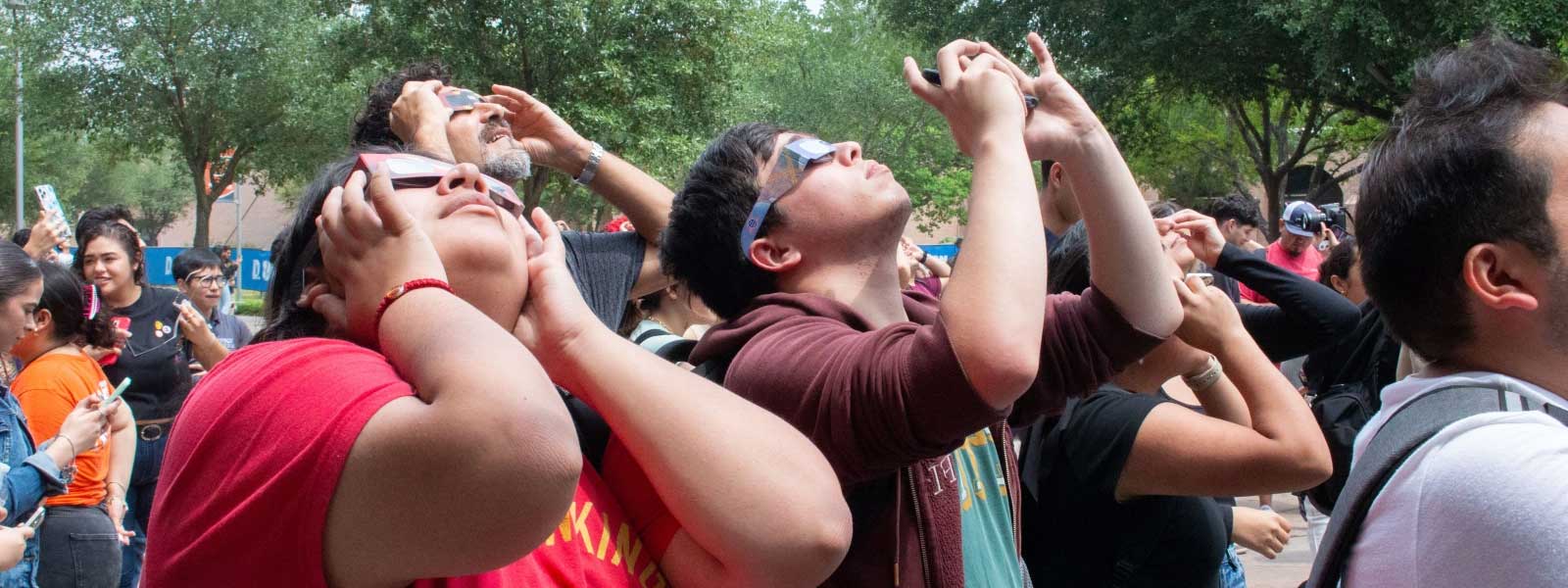Astronomy and Astrophysics
UTRGV is very active in astronomy and astrophysics research. As members of the LVC collaboration we are involved in the analysis of data from the two LIGO, the Virgo and the German-British GEO600 detectors. Astrophysics research at UTRGV also involves modelling populations of compact object binaries in the Galaxy and its environs in order to determine how gravitational wave observations can shed light on models of stellar evolution and Galactic structure. This research is relevant to gravitational wave observations using LISA, LIGO/Virgo, and the Pulsar Timing Array. The Arecibo Remote Command and Control Center (ARCC) brings access to the world’s largest radio telescope, the Arecibo Observatory in Puerto Rico, to researchers at UTRGV, and makes UTRGV the world leader in using pulsar timing to detect gravitational waves.

Gravitational wave data analysis
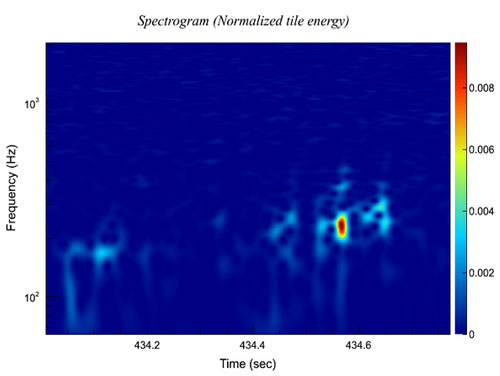 UTRGV is a member of the LIGO-Virgo Scientific collaboration. As members of the LVC collaboration we are involved in the analysis of data from the two LIGO, the Virgo and the German-British GEO600 detectors. Data is analyzed for the detection of gravitational wave (GW) signals of astrophysical origin as well as for the characterization of the detector. Research in data analysis for astrophysical searches includes developing innovative search algorithms, both for existing and future detectors such as LISA, enhancing the sensitivity of existing algorithms in real data and increasing the computational efficiency of search pipelines. In detector characterization, data mining techniques are used to classify and understand un-modelled noise sources in the detector arising from terrestrial sources. This understanding leads to better, more realistic noise models that can be used to test search algorithms. Both the fields require close interaction with experimentalists working on the detectors themselves. In this respect, we have the benefit of having a GW experimental group within the department.
UTRGV is a member of the LIGO-Virgo Scientific collaboration. As members of the LVC collaboration we are involved in the analysis of data from the two LIGO, the Virgo and the German-British GEO600 detectors. Data is analyzed for the detection of gravitational wave (GW) signals of astrophysical origin as well as for the characterization of the detector. Research in data analysis for astrophysical searches includes developing innovative search algorithms, both for existing and future detectors such as LISA, enhancing the sensitivity of existing algorithms in real data and increasing the computational efficiency of search pipelines. In detector characterization, data mining techniques are used to classify and understand un-modelled noise sources in the detector arising from terrestrial sources. This understanding leads to better, more realistic noise models that can be used to test search algorithms. Both the fields require close interaction with experimentalists working on the detectors themselves. In this respect, we have the benefit of having a GW experimental group within the department.
Areas of Research
- Analysis of LIGO-Virgo data
- Computational methods and algorithm development
- Detector characterization
- Optical follow-up
Research Faculty
Relativistic astrophysics and sources of gravitational waves
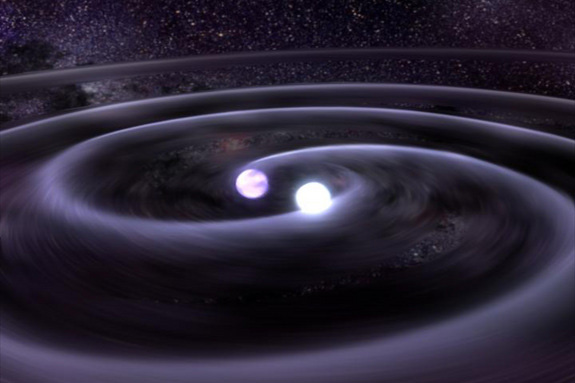 Astrophysics research at UTRGV involves modeling populations of compact object binaries in the Galaxy and its environs in order to determine how gravitational wave observations can shed light on models of stellar evolution and Galactic structure. This research is relevant to gravitational wave observations using LISA, LIGO/Virgo, and the Pulsar Timing Array.
Astrophysics research at UTRGV involves modeling populations of compact object binaries in the Galaxy and its environs in order to determine how gravitational wave observations can shed light on models of stellar evolution and Galactic structure. This research is relevant to gravitational wave observations using LISA, LIGO/Virgo, and the Pulsar Timing Array.
Areas of Research
- Galaxy modelling
- Pulsar astronomy
- Relativistic astrophysics
Research Faculty
Radio observational astronomy
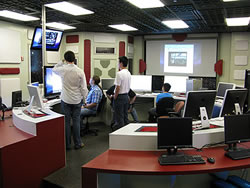 The Center for Advanced Radio Astronomy (CARA) brings access to the world’s largest radio telescope, the Arecibo Observatory in Puerto Rico, to students and researchers at UTRGV. The ARCC makes UTRGV the world leader in using pulsar timing to detect gravitational waves.
The Center for Advanced Radio Astronomy (CARA) brings access to the world’s largest radio telescope, the Arecibo Observatory in Puerto Rico, to students and researchers at UTRGV. The ARCC makes UTRGV the world leader in using pulsar timing to detect gravitational waves.
Optical observational astronomy
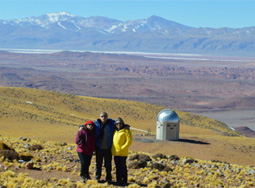 Motivated by the need for a dedicated optical follow-up instrument for aLIGO/AdVirgo, scientists from The University of Texas at Brownsville, the Universidad Nacional de Cordoba, CALTECH and Texas A&M University have partnered to develop an astronomical observatory in the Southern hemisphere. The site at Cordon Macón is located at latitude 24.61 South and longitude 67.32 West, at an altitude of 4,650 meters in the province of Salta, Argentina. The northern province of Salta is located on the other side of the Andes where major European and American astronomical observatories are located in Chile in the vast region on both sides of the Andes called the Atacama Puna.
Motivated by the need for a dedicated optical follow-up instrument for aLIGO/AdVirgo, scientists from The University of Texas at Brownsville, the Universidad Nacional de Cordoba, CALTECH and Texas A&M University have partnered to develop an astronomical observatory in the Southern hemisphere. The site at Cordon Macón is located at latitude 24.61 South and longitude 67.32 West, at an altitude of 4,650 meters in the province of Salta, Argentina. The northern province of Salta is located on the other side of the Andes where major European and American astronomical observatories are located in Chile in the vast region on both sides of the Andes called the Atacama Puna.
Research Faculty
Compact binaries in Globular clusters
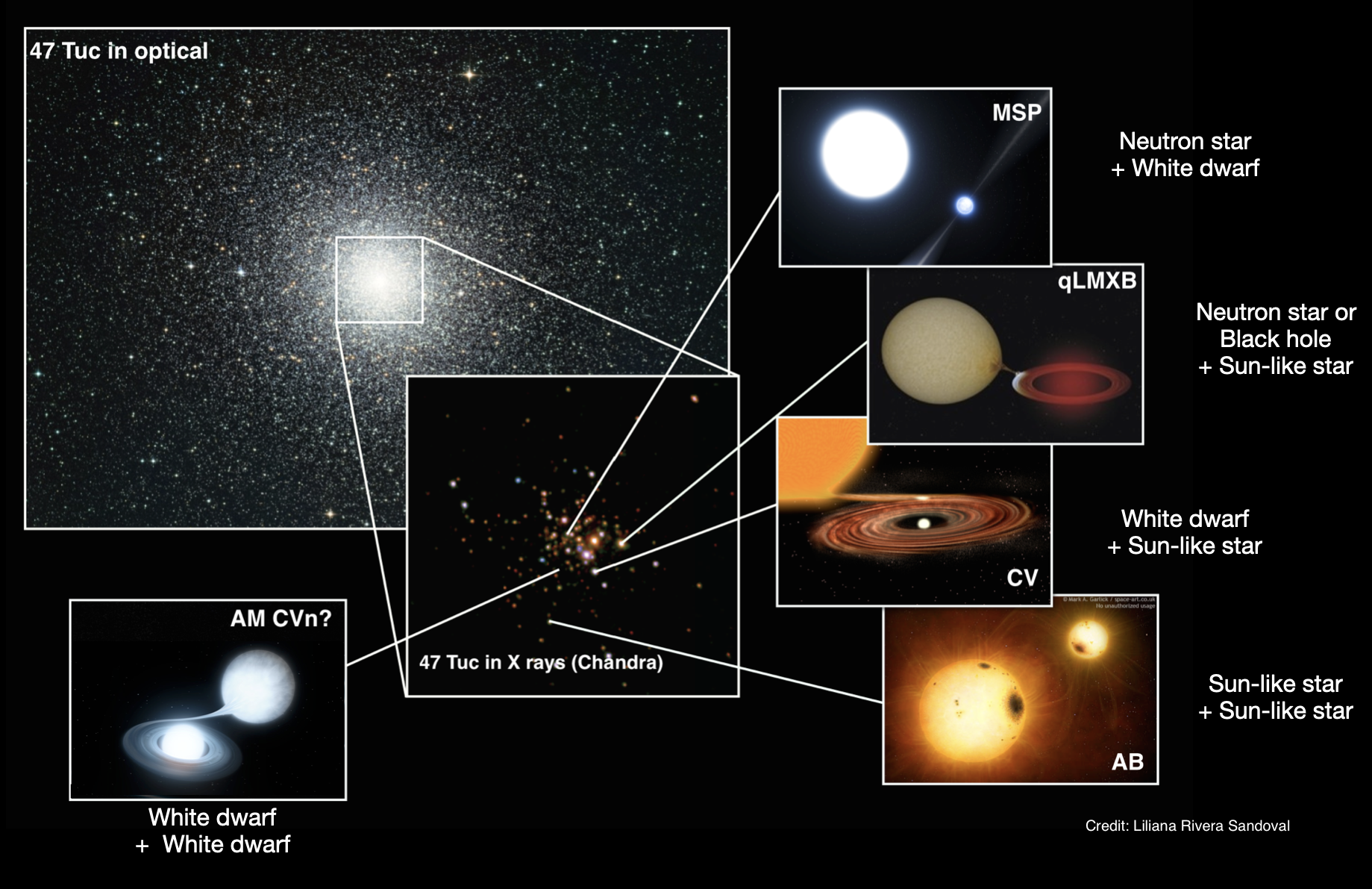 Globular clusters are old, spherical, and densely populated groups of stars that host various types of exotic systems, also known as compact binaries—pairs of stars bound by gravity in very short orbits, with at least one member being a stellar remnant or compact object. The researcher identifies and characterizes these exotic binaries within such crowded environments using multiwavelength observations, while also investigating how stellar dynamics influences their populations and, in turn, how these populations affect the overall evolution of the clusters.
Globular clusters are old, spherical, and densely populated groups of stars that host various types of exotic systems, also known as compact binaries—pairs of stars bound by gravity in very short orbits, with at least one member being a stellar remnant or compact object. The researcher identifies and characterizes these exotic binaries within such crowded environments using multiwavelength observations, while also investigating how stellar dynamics influences their populations and, in turn, how these populations affect the overall evolution of the clusters.
Ultracompact white dwarf binaries
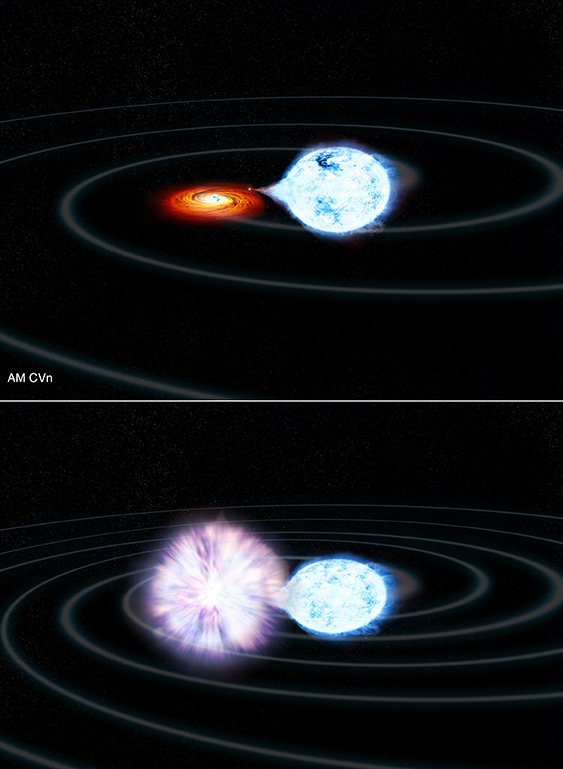 These are rare binary systems containing white dwarfs with orbital periods of less than one hour. The researcher employs various techniques to detect these elusive systems in the solar neighborhood and in globular clusters — a task that presents significant observational challenges. The study also focuses on the interactions between the binary components and the mechanisms responsible for their transient, outburst-like behavior.
These are rare binary systems containing white dwarfs with orbital periods of less than one hour. The researcher employs various techniques to detect these elusive systems in the solar neighborhood and in globular clusters — a task that presents significant observational challenges. The study also focuses on the interactions between the binary components and the mechanisms responsible for their transient, outburst-like behavior.
Research Faculty

